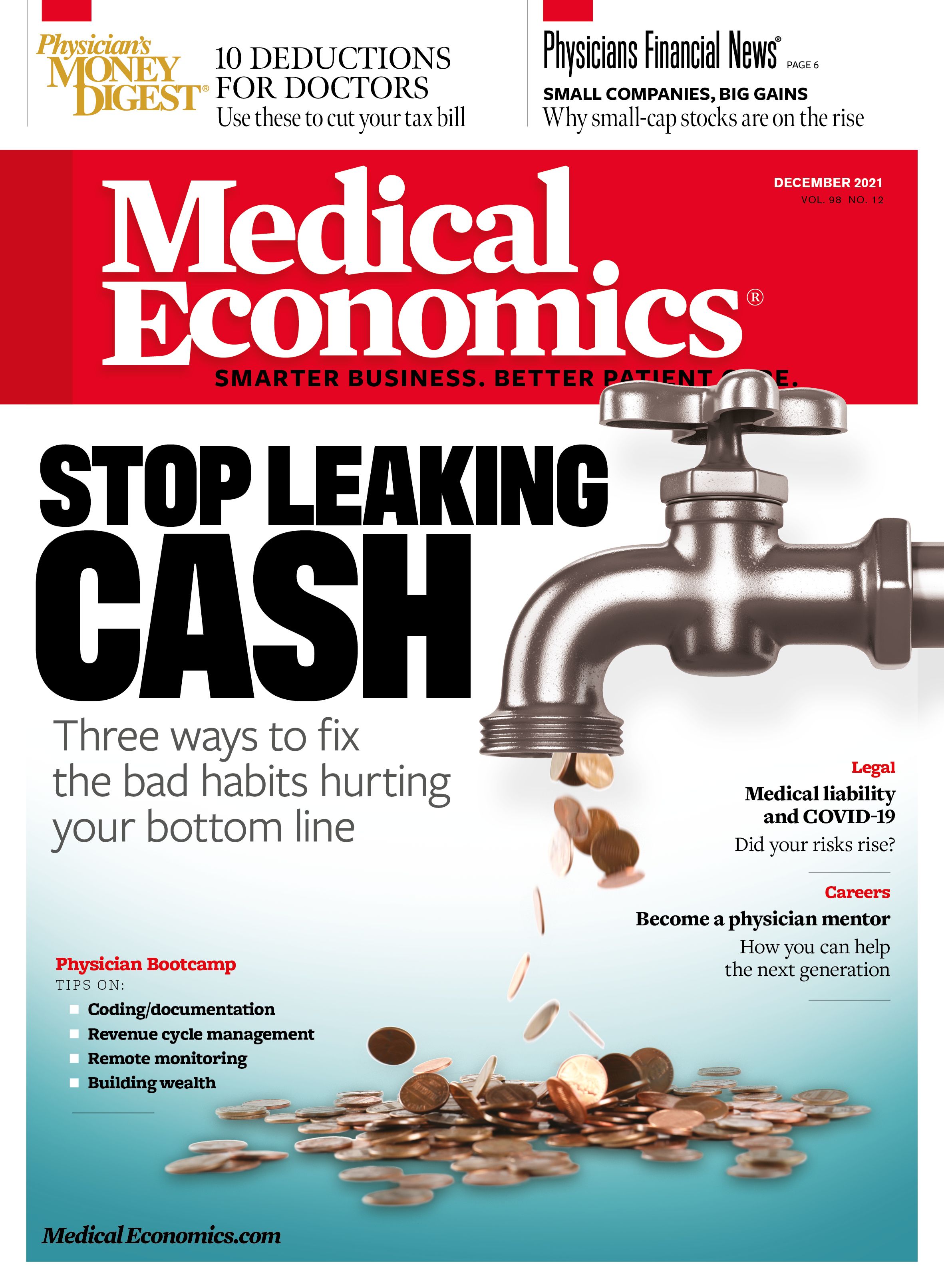Publication
Article
Medical Economics Journal
Collecting more money from patients and payers
Author(s):
Click here to access the full session video and slide deck (registration required).
Introduction
Collecting what is owed from patients and payers has long been a headache for medical practices. But in recent years, it has become even more difficult due to two overlapping trends. The first is that patients are having to shoulder ever-larger shares of their health costs. According to a Kaiser Health Tracker survey, health costs incurred by families with insurance coverage from large employers — including premium contributions and out-of-pocket spending on health services — increased by 67% from 2008 to 2018.
At the same time, payers have been requiring more and more time-consuming prior authorizations before they will pay for a service, procedure or prescription medication. This is evidenced by a 2019 American Medical Association survey in which 86% of responding doctors said their prior authorization burden had increased over the past five years.
Considering these developments, it’s more important than ever for practices to ensure that their collection technology and processes are streamlined, user-friendly and up-to-date. This strategy that can go a long way toward ensuring a practice’s long-term financial viability.
Learning objectives:
Revenue cycle management (RCM) explained.
Practical tips to financially assess your practice.
How to select the best RCM partner for you.
Meet the panelist:
Andrew Harding,vice president of customer success, Rivet Health
How practices can plug the sources
of ‘revenue leakage’
When Benjamin Franklin coined the phrase, “An ounce of prevention is worth a pound of cure” he was referring to fire prevention. But that same logic applies to medical practices when it comes to maximizing collections: Investing a little effort at the start of the process avoids having to spend much more time and energy later.
According to Andrew Harding, vice president of customer success for Rivet Health, “revenue leakage” for medical practices has two primary sources — difficulty collecting directly from patients and payers’ claims denials. Collecting from patients has gotten harder in recent years, Harding says, due in part to the growth of high-deductible health plans (HDHPs), which make patients responsible for large portions of their bills. He cites a 2017 Black Book survey in which 83% of practices with fewer than five practitioners said that slow payments from patients with HDHPs are their top collection challenge.
Compared to insurance companies, which have well-documented collection procedures, a medical practice trying to collect from individual patients is like the “Wild West,” Harding says, because it can include obstacles ranging from incorrect addresses to patients’ inability to pay. “If you’re a smaller group, and up to 50% of your (accounts receivable) is attributed to patients, the time and effort needed to collect from those patients can be very frustrating.”
Moreover, he notes, collection rates decline dramatically the further out you get from when a patient was billed. That makes it important for practices to collect as much as possible from patients early in the process and to prepare patients for what they will owe by providing upfront cost estimates. Harding explains that providers can calculate these by pairing the patient’s benefit eligibility with the provider’s adjusted contractual allowable.
Practices can also up their collection rates by giving patients multiple payment avenues, including phone, portals or point of service, and by helping patients understand both their benefits and payment responsibilities. “It’s surprising the number of patients who don’t understand the connections between deduction, coinsurance and out-of-pocket maximum,” he says.
Harding says the other source of revenue leakage, claims denials, has been on the rise, citing a Change Healthcare study that found the average national rate increased from 9% in 2016 to 10.8% in the second quarter of 2020. Close to half of all denials, he adds, are the result of front-end revenue cycle issues, such as registration errors, incorrect demographics information and missing referrals. “That means right out of the gate at least half of your denials are preventable because they stem from missed or incorrect or unverified data,” he notes.
Harding recommends following these steps to reduce claims denials:
Identify the top causes of denials.
Implement measures for addressing those causes, such as improving registration and financial clearance processes and pre-bill edits.
Ask members of the practice’s claims denials team how they would work various types of denials and to document and share the responses. “It’s astounding the number of times we’ve seen different people have different appeals processes for the exact same payer and denial,” Harding says.
Identify the processes that have the best appeal or recovery rate, and implement those across the denials team.
Make information pertaining to every denial — such as the claim, provider, diagnosis and payer, and the steps taken to resolve the denial — available on one computer screen to easily accessed by every member of the denials team.
Evaluate the electronic health record’s work queue to ensure that deadlines for appealing claims denials are met. “No claim should miss the timely appeal window because you should have a work queue in place that identifies when an appeal is starting to age out,” Harding says.
Solutions and takeaways:
Communicate with patients prior to service, including your best estimate of costs and information about your practice’s payment policies.
Make it easy for patients to pay by providing multiple payment platforms and technologies.
Review claims denials and identify the top reason(s) for them.
Query staffers who handle claim denials to find the best recovery strategies for each payer and share that information with other members of the team.
Organize the claims denials workflow so that all necessary information is easily available to the person addressing the denial.






